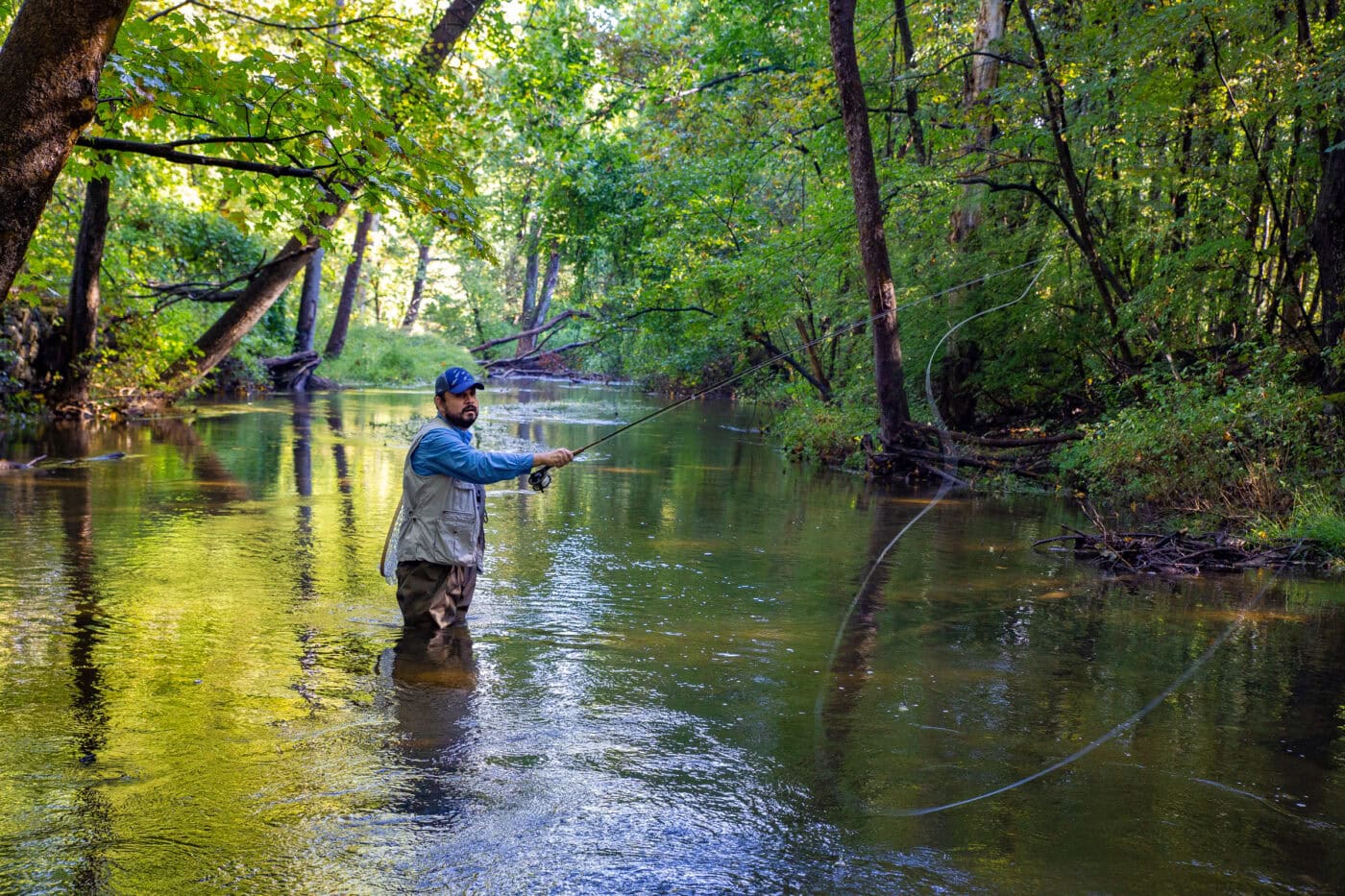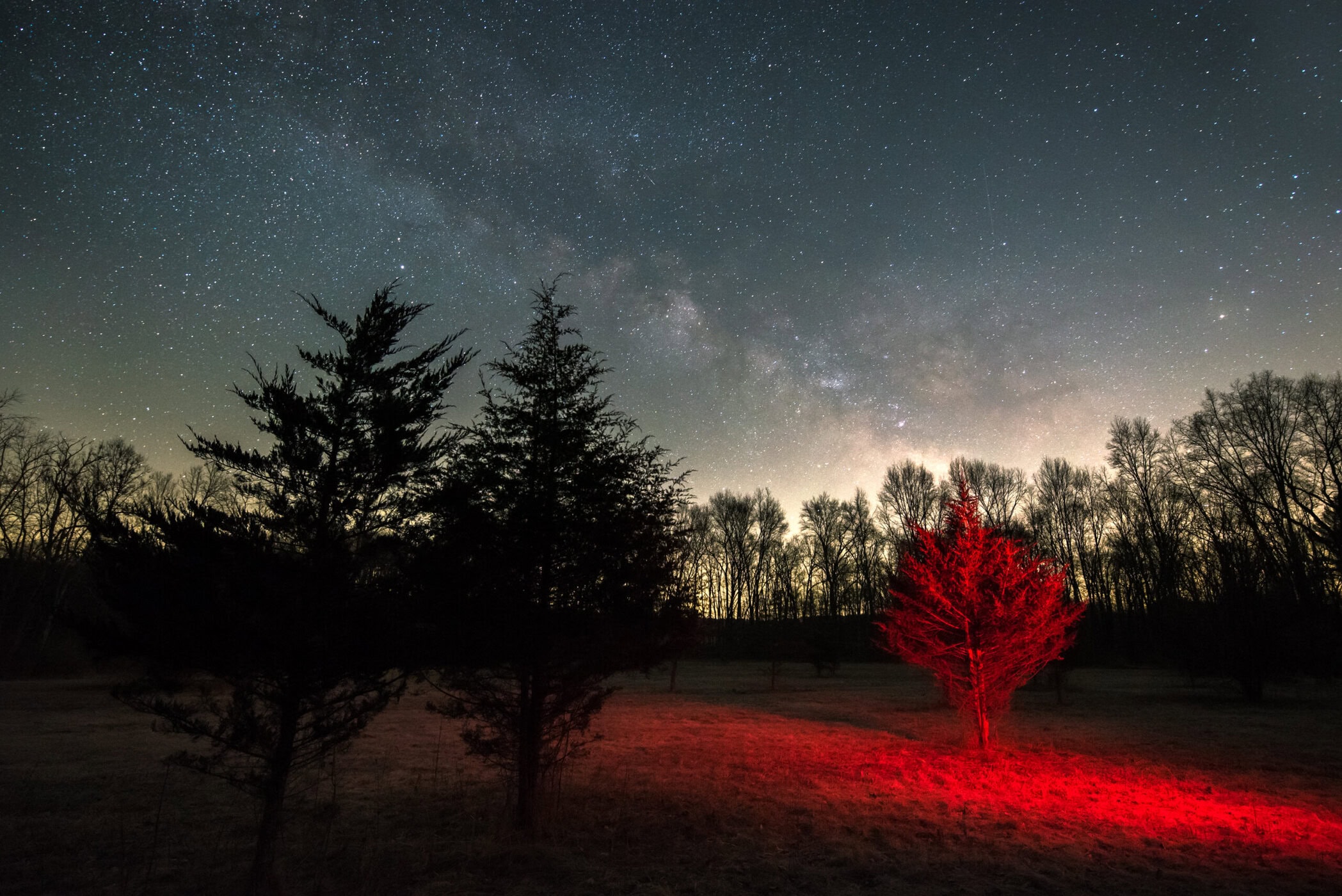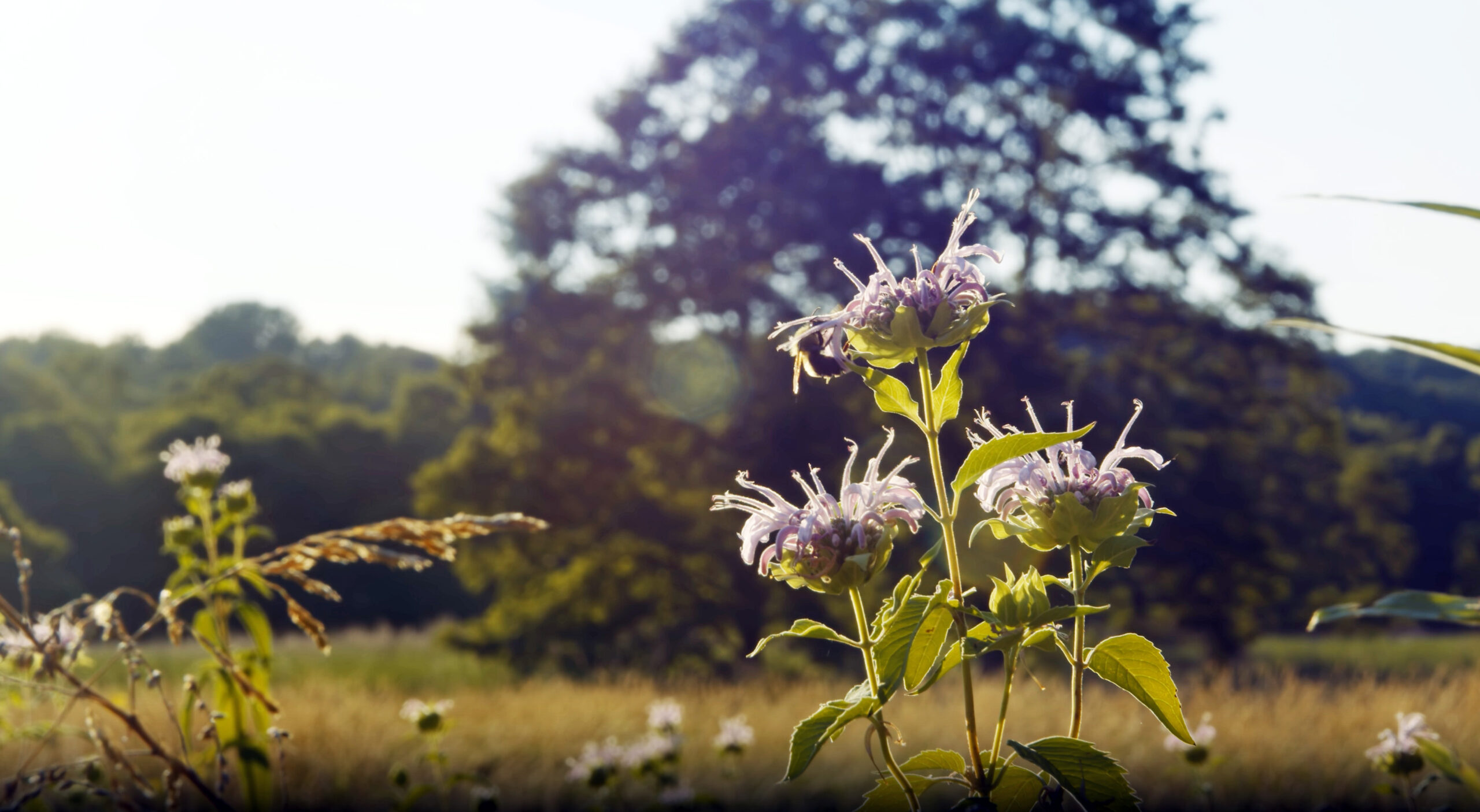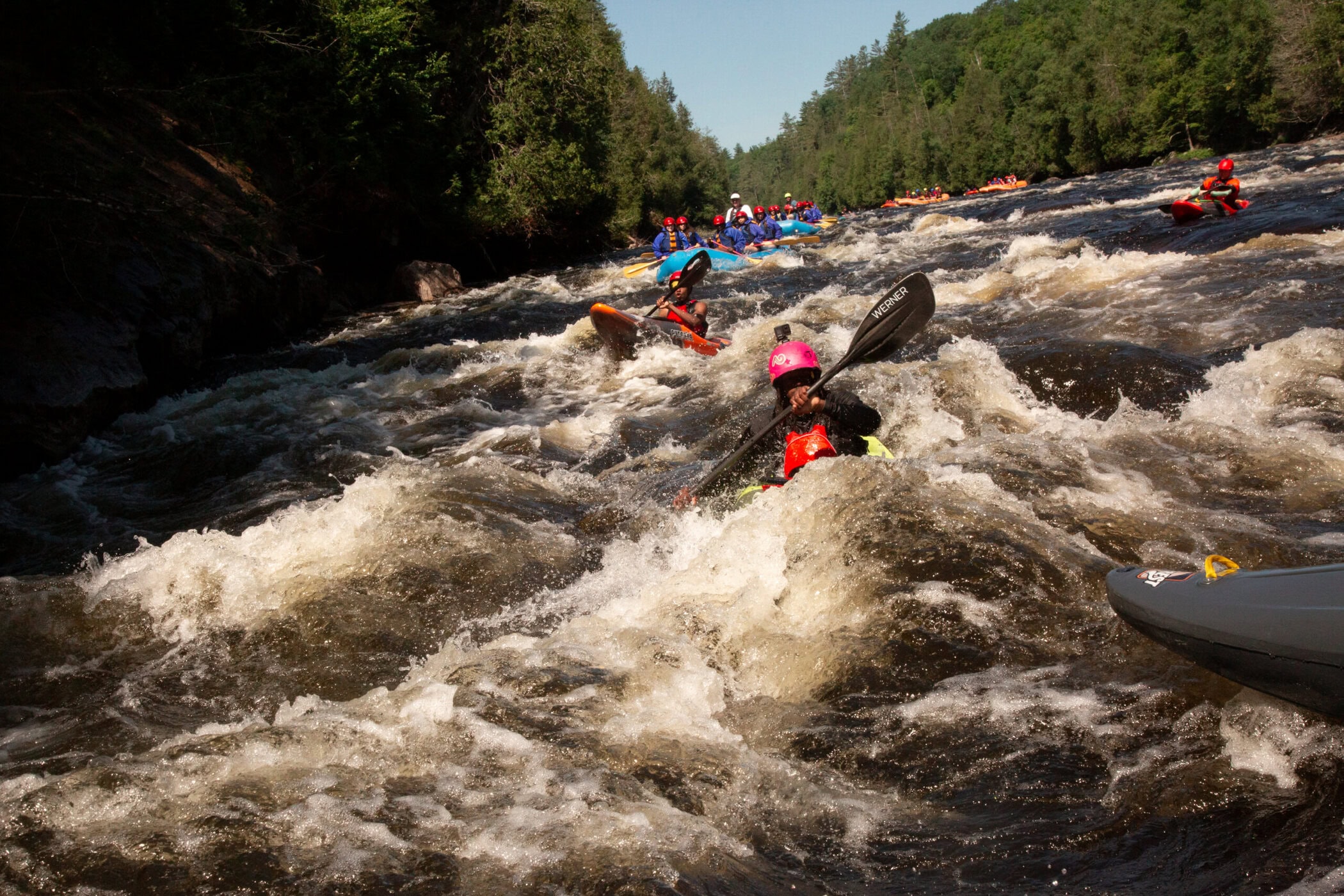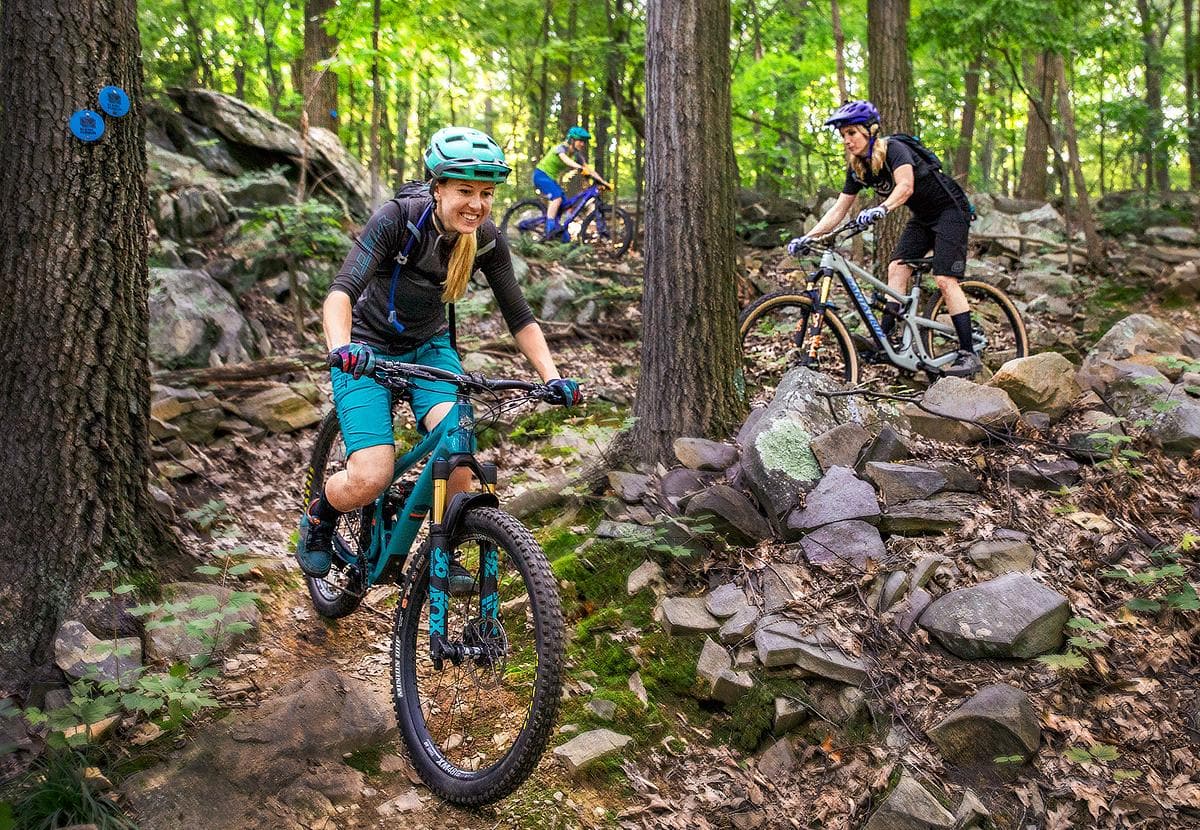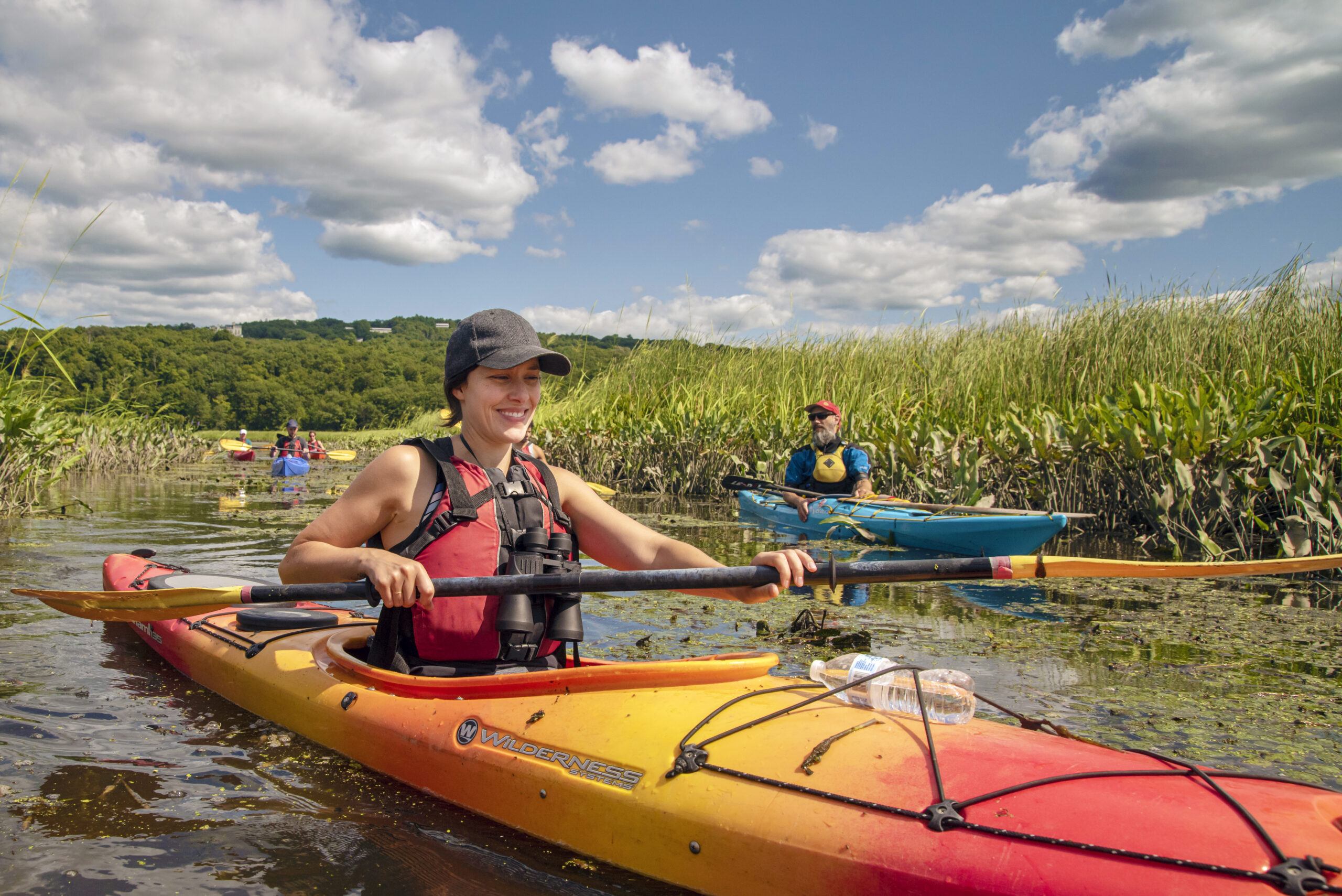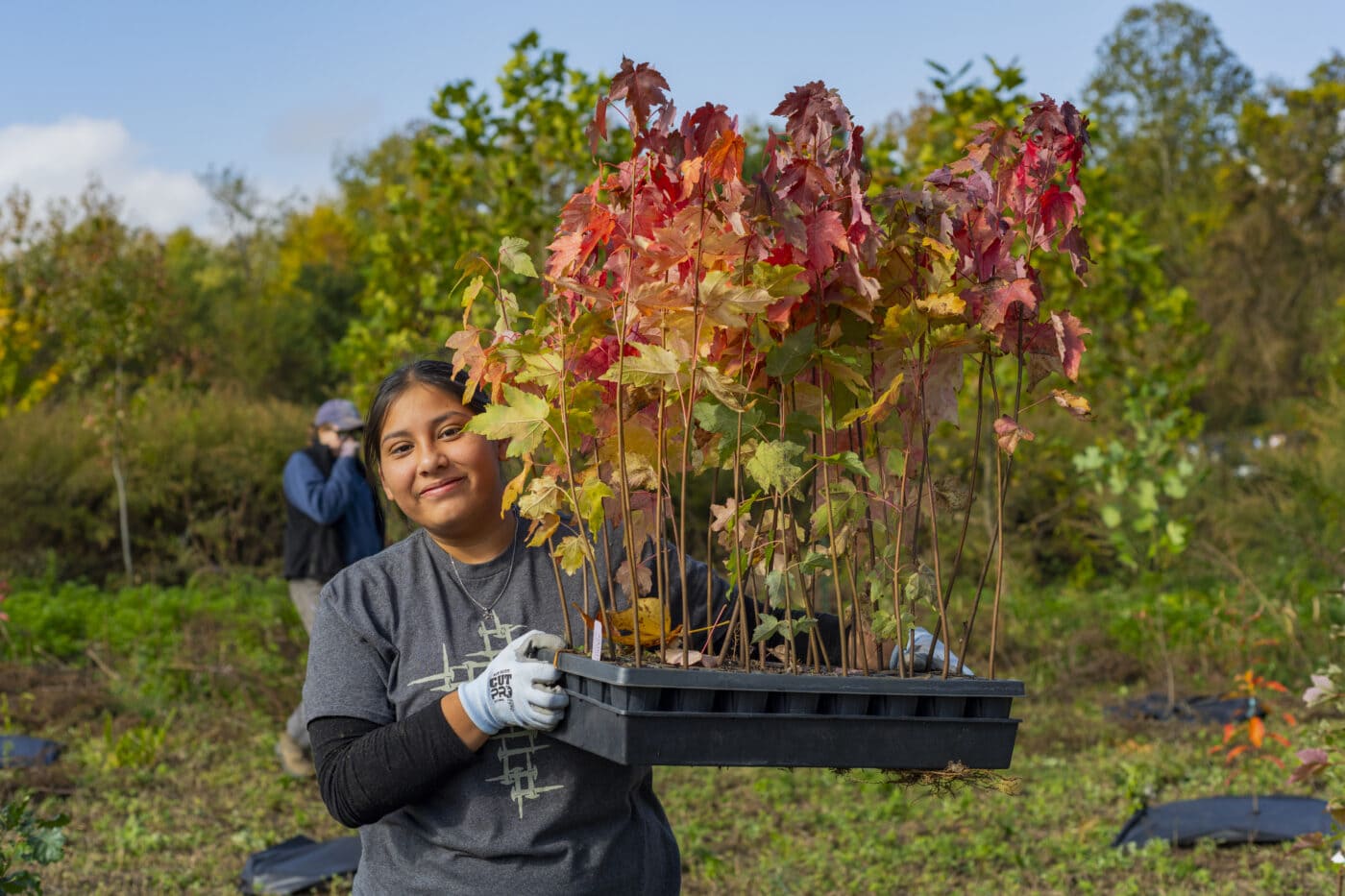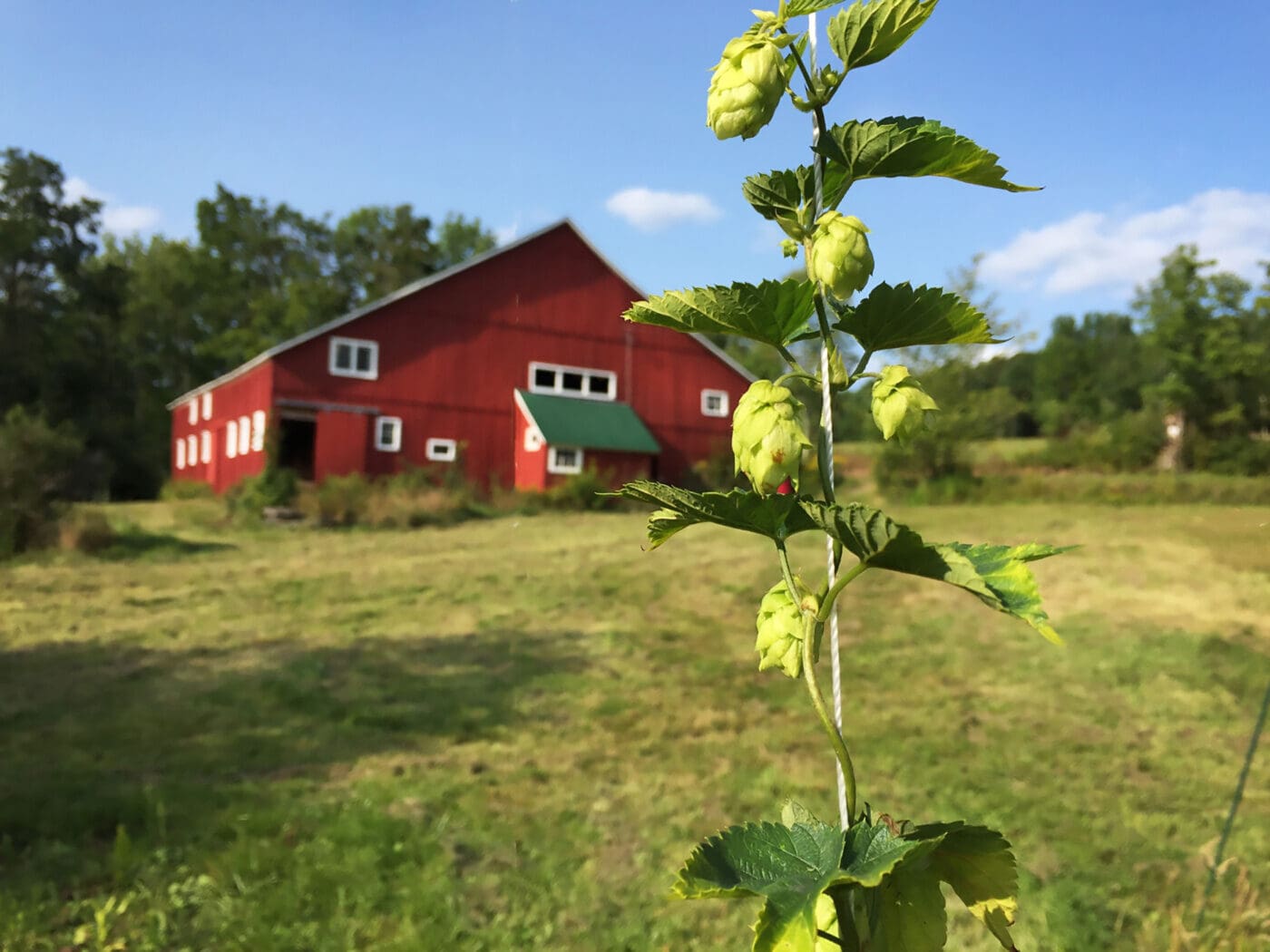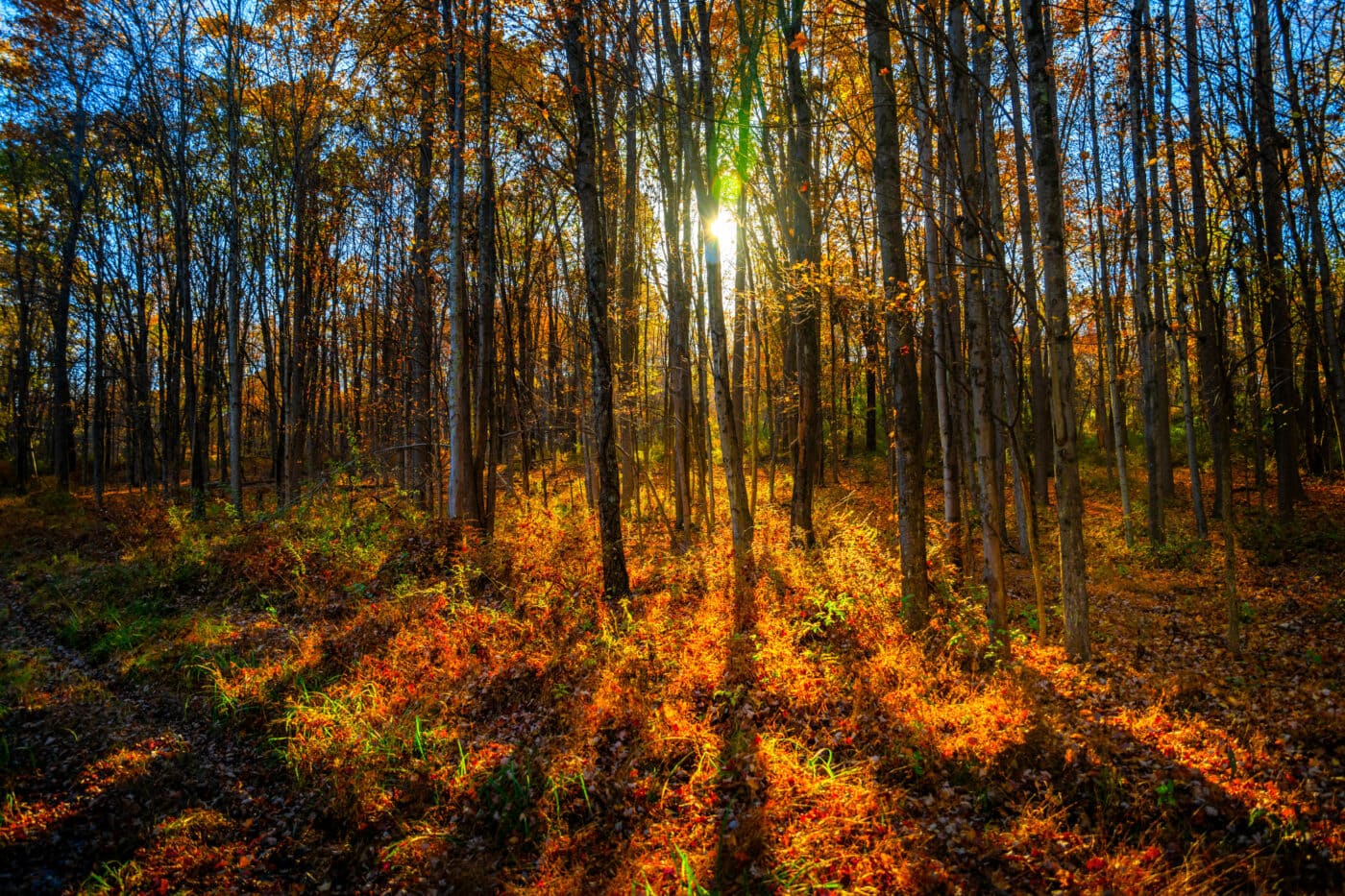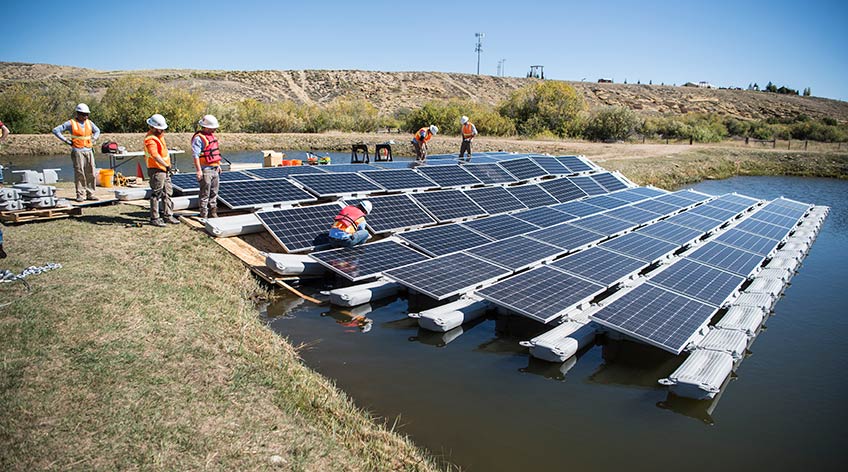I’ll never forget the day I found my father’s fly box. As the daughter of an outdoorsman, I didn’t expect to open an old cigar box in his garage and find a collection of colorful feathers and clipped soda cans. To me, a child, they looked like fun earrings or a new craft supply kit — until I saw the fish hooks.
I brought the box to him and asked about its contents. He smiled and sat with me, explaining each fly: its name, its purpose, how he made it, and what he’d hoped to catch with it, although he admitted he hadn’t gone fly fishing in years.
I knew my father as an avid fisherman. I’d touched the taxidermied jaw of a shark he once caught, Father’s Day gift requests were often “a new reel,” and his blue jacket had a lingering smell of the marina where he kept his boat (the Sea-Deuce II). But when he spoke about fly fishing, it didn’t sound like the fishing I knew. His face even changed when recalling the flies he made decades before; there was a contemplative softness I didn’t often see, like when an artist speaks about his muse.
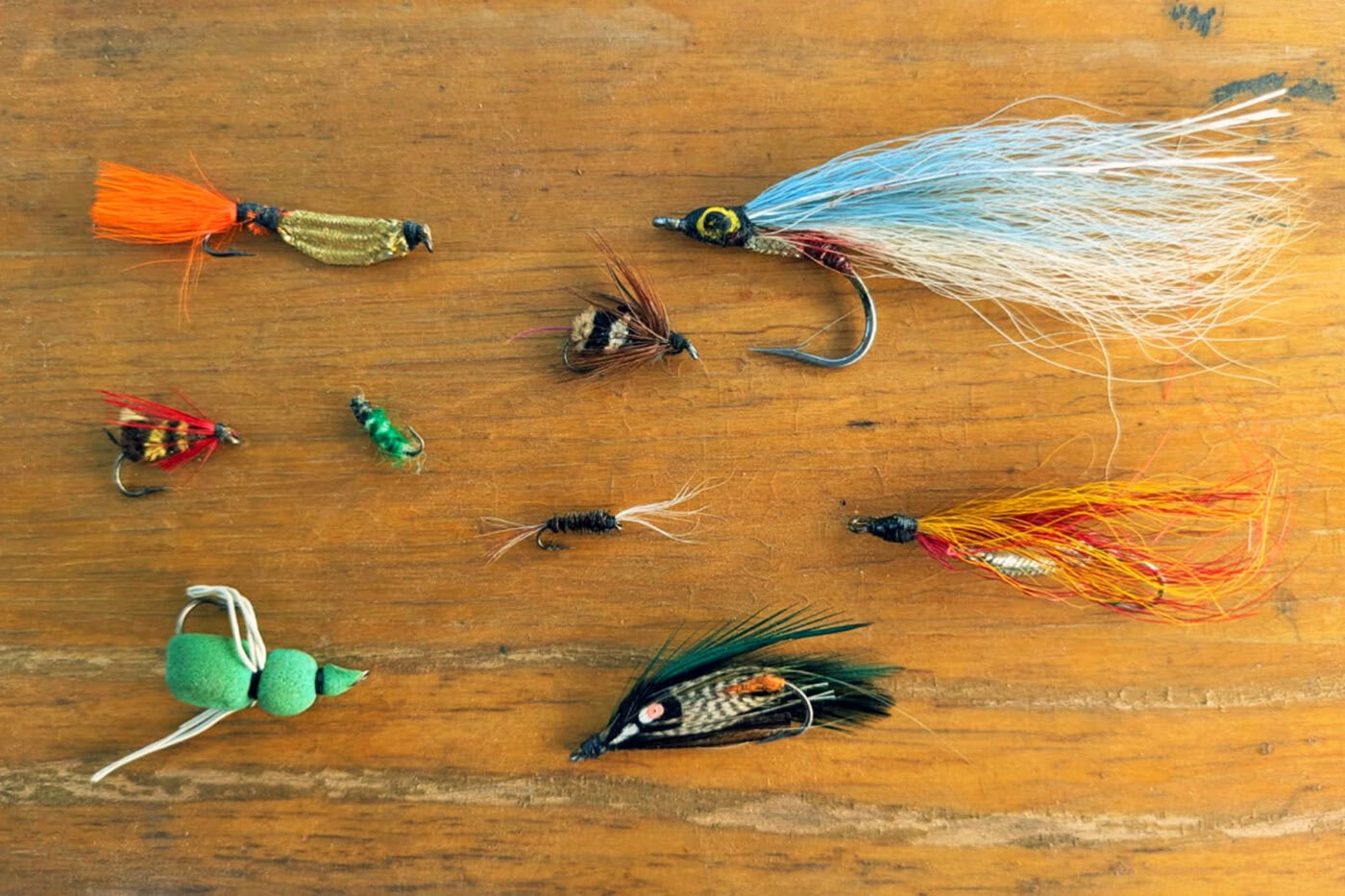
To understand the passion many feel for American fly fishing is to understand the art of the sport. “American dry fly fishing originated in the Catskills,” explains Laura Colangelo, director of operations at the Catskill Fly Fishing Center and Museum. “In the late 1800s, Theodore Gordon studied English fly fishing and brought it to the Catskills, teaching others how to do it. To this day, our region is known as the birthplace of American dry fly and has produced some of the greatest fly tyers.”
The art of fly tying — essentially, crafting bait — isn’t a necessity for the sport, but one that is held sacred to many anglers. The methodical-yet-creative process begins with studying a fish’s prey, usually an insect or smaller fish, from its colors to shape to how it moves through water or skims atop it. Then elements of nature are combined with manmade materials to mimic these prey: colorful feathers, bits of metal that shine, black beads for eyes, or tufts of deer fur that resemble the shape of minnows when wet — a tasty treat for a trout. And of course, a hook.
“Fly fishing is about so much more than just catching a fish in a river. There’s an artistry to fly tying that’s almost hallowed by enthusiasts,” she explains. “It’s not like other forms of fishing. Fly tying is a way to connect yourself to the trout in a way that nothing else can.”
Othoniel Vazquez Dominguez is a senior GIS analyst & landscape ecologist at Scenic Hudson, and an angler who has been fly fishing for more than 30 years. For him, the art of tying is as much a part of the experience as casting. “When I’m making my own flies, I’m thinking about the insects these fish eat, and then I create realistic proportions, wings, movements — you’re trying to fool the trout. It’s very rewarding when a fish comes and takes your offering,” he says. “If a fish comes to play with me, I try not to exhaust them. I catch, thank the creature, then release.”
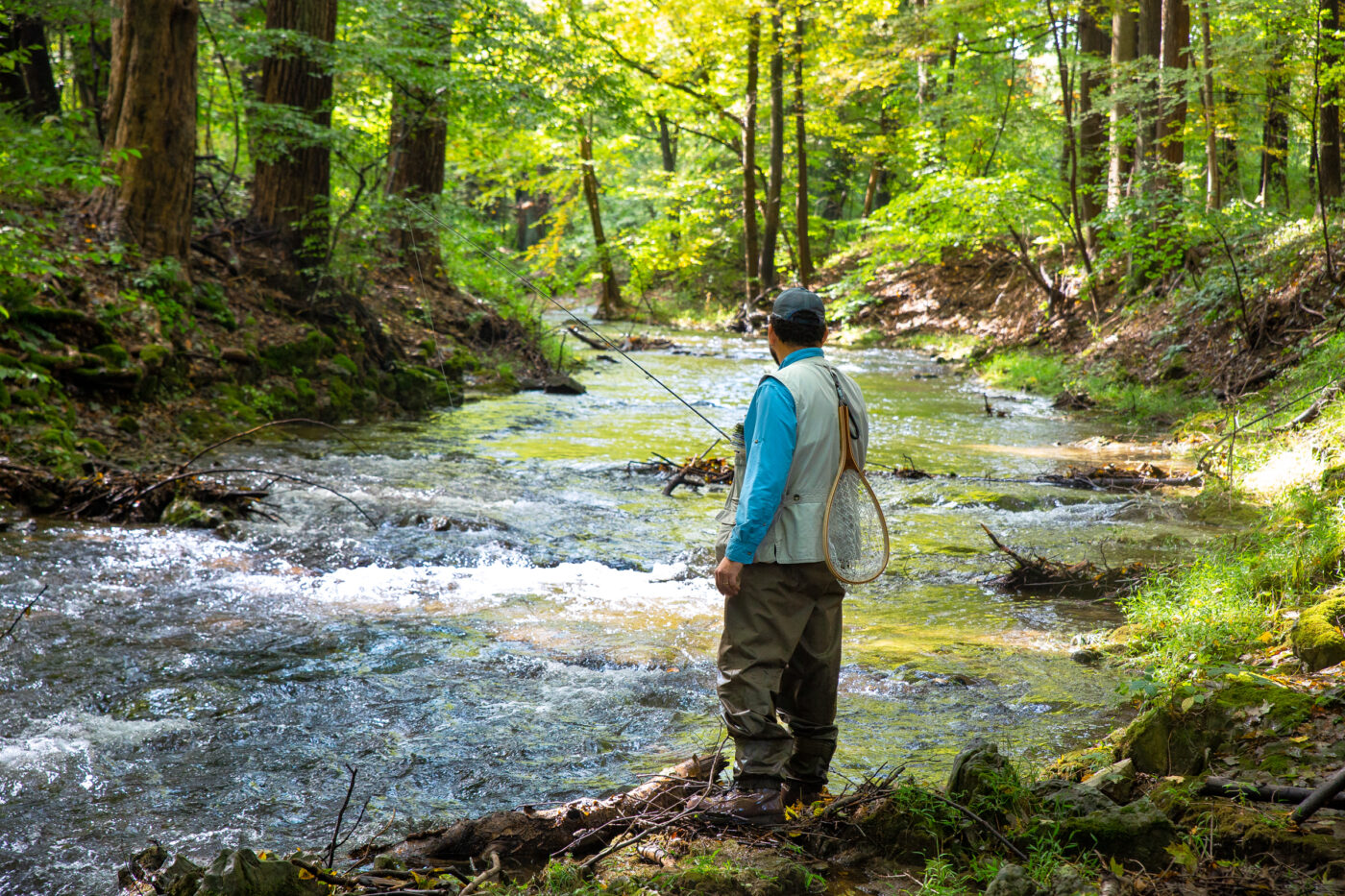
Vazquez Dominguez says he enjoys fishing for brook trout, a smaller species (the current NYS record catch was only 6 lbs., as opposed to brown trout weighing in at 33 lbs.), but one that offers more of a challenge. “Brook trout are extra finicky,” he explains. “They have really good vision. If you can see one, it’s likely they see you, too. Fish are also sensitive to motion. Part of their survival instinct is to be very reactive to shadows and movement. But brook trout are beautiful, with almost jewel-like colors. Sure, we all like a 20-inch brown trout at the end of the line, but catching a brook trout is a different type of reward.”
Although the sport involves strategic thinking, aim, and a sense of urgency when that bite tugs, fly fishing is also a form of respite for many anglers. “When I’m fly fishing, it forces me to slow down,” he explains. “I stop thinking about tasks or problems. Trout live in this beautiful, unspoiled environment. Walking upstream and being in nature alone gives a deeper appreciation of the natural resources around you and why it’s so important to protect them.”
Ready to try dry fly? “It’s easier than you’d think to get started,” says Colangelo. “Reach out to local sporting goods shops, take a lesson, try a half-day guided trip — you might not become an expert in a day, but anyone can take something away from the experience. At the museum, we’re big advocates that fly fishing is for everyone — all ages, genders, and experience levels.”
For my father, and for many others, this sport isn’t about catching sharks. It’s about a shared experience with the fish: crafting a fly, entering the water in boots instead of boats, seeing a fish not as a prize, but as a companion validating the worthiness of the fly he crafted, before releasing it back into the water.
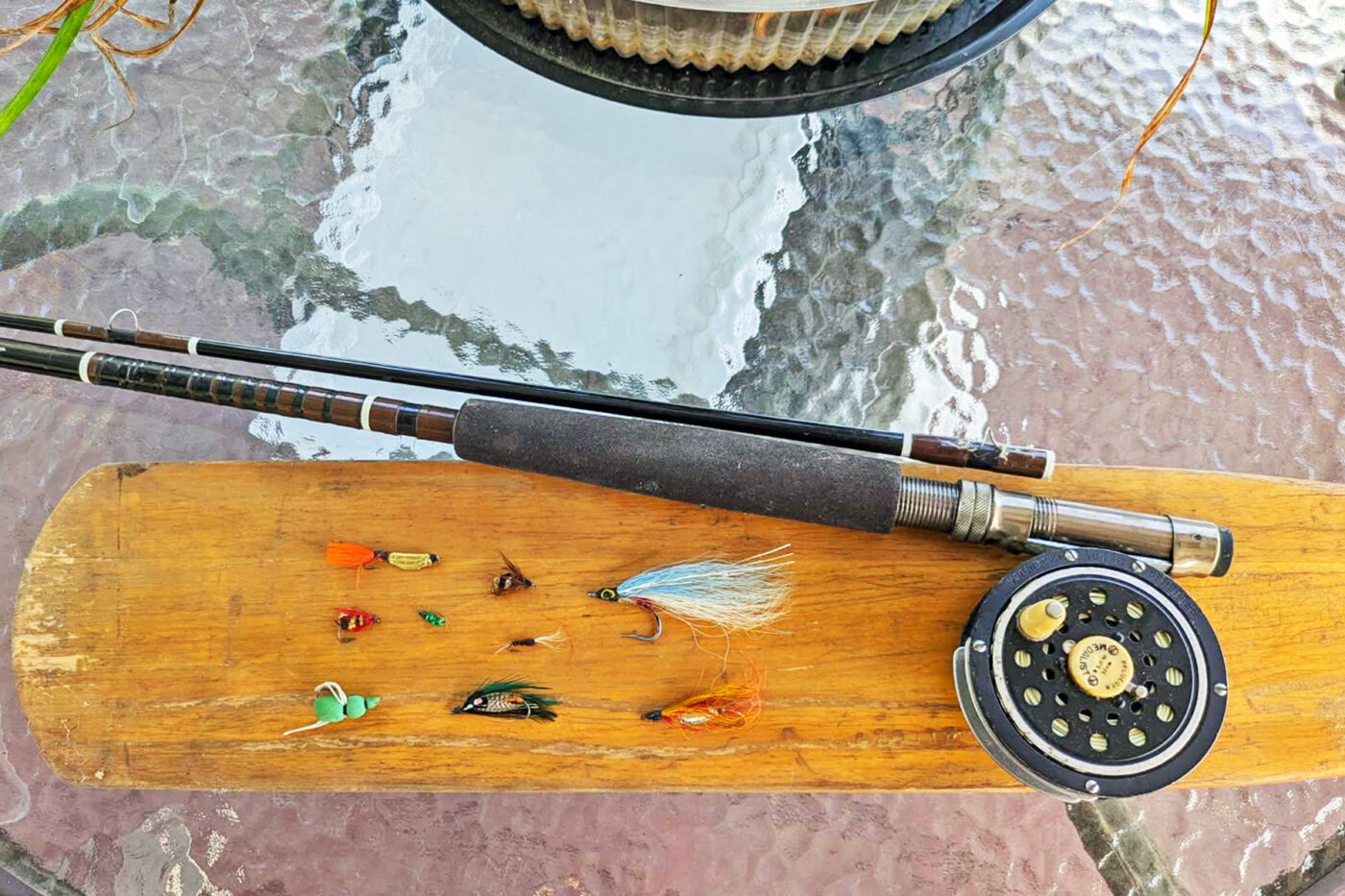
In a way, the relationship seemed reciprocal: The call of the fish luring him into the water, and after hours of fishing, and maybe even catching, releasing the angler back home.
Decades later, my father is still fishing. He sold the boat. But he still has the box.


